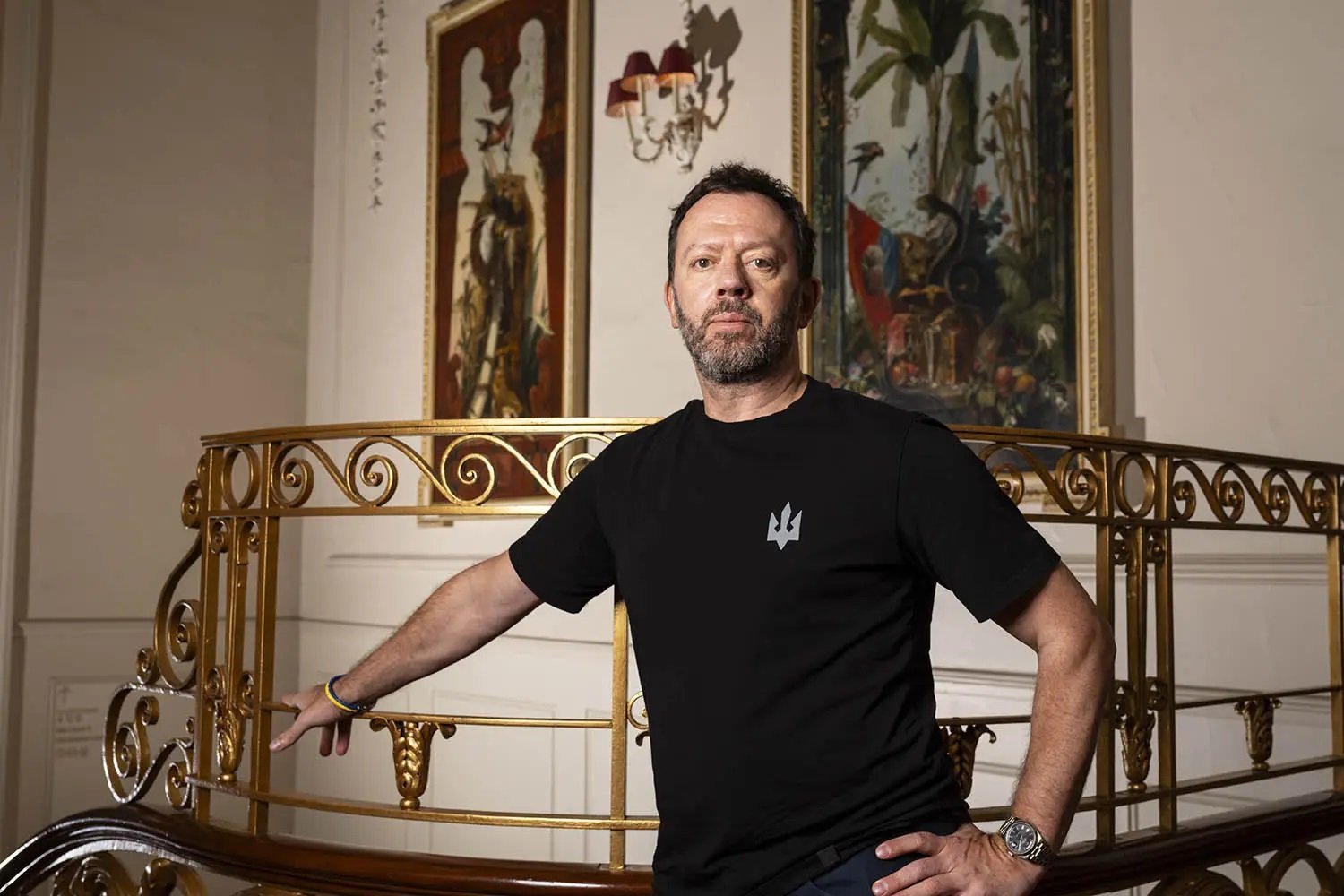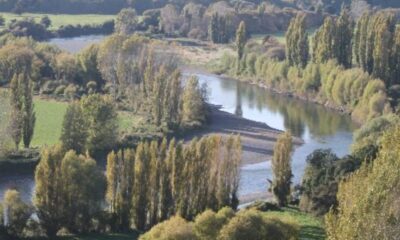Entertainment
Alexei Ratmansky Reflects on Cultural Identity Amid Conflict

Alexei Ratmansky, a prominent figure in the world of ballet, has shared his evolving perspective on culture and identity against the backdrop of Russia’s invasion of Ukraine. Born in St Petersburg to a Ukrainian Jewish father and a Russian mother, Ratmansky’s journey has been deeply intertwined with both nations. After training at the Bolshoi Ballet Academy, he returned to Ukraine and danced with the Kyiv Ballet, where he met his wife, Tatiana.
Ratmansky’s career took him westward following the collapse of the Soviet Union. He served as director of the Bolshoi Ballet from 2004 to 2008 before becoming the artist in residence at American Ballet Theatre from 2009 to 2023. His reputation as one of the leading classical choreographers has grown immensely. Yet, he has not shied away from voicing his disapproval of the ongoing war in Ukraine, facing backlash from some former colleagues who have labeled him a traitor. Despite this, the Bolshoi continues to perform his works.
In 2023, Ratmansky joined the New York City Ballet as artist in residence, and he is set to present his piece, Pictures at an Exhibition, in London this month. He spoke candidly about his current approach to ballet, stating, “Since the war started, I want to speak about Ukraine. I want to explore Ukrainian ballet history, listen to Ukrainian music, stage ballets connected to Ukraine. And I don’t want to mention or think about Russia.”
Shifting Perspectives on Culture and Identity
Ratmansky’s reflections reveal a profound transformation in his understanding of Ukrainian culture. He admitted that during his early years in Kyiv, he regarded everything Ukrainian as “second rate,” prioritizing Russian culture instead. “It is embarrassing,” he said, acknowledging the imperial attitude that once clouded his perspective. He now feels a strong responsibility to celebrate Ukrainian culture and honor the bravery of those affected by the war, including many dancers.
He described the resilience of Ukrainian artists, noting that despite losing many dancers, companies continue to perform. “When there’s an air-raid siren, they go to the shelter with the audience and then continue the performance,” he explained. This dedication to the arts amid adversity represents a “rebirth of the nation.”
Ratmansky’s emotional connection to Ukraine is evident as he monitors the situation of his family still living there. “You go to bed checking and check first thing in the morning,” he said, underscoring the anxiety that accompanies the ongoing conflict. He shared a poignant story about a principal dancer from the National Ballet of Ukraine who, despite living in a destroyed apartment, continues to rehearse. This resilience deeply moves Ratmansky.
Art, Politics, and Personal Accountability
The choreographer has also expressed his dismay at political developments, particularly the recent meeting between former U.S. President Donald Trump and Russian President Vladimir Putin in Alaska. “It’s a nightmare. It’s a betrayal of everything that made America beautiful,” he remarked. Ratmansky emphasized the importance of vigilance in defending democratic values, stating, “If you don’t defend what you value, then it can be gone.”
He advocates for boycotting artists who continue to work in Russia, arguing that art cannot be divorced from moral principles. “They always say don’t mix art and politics. But it’s almost like saying, don’t mix art and human values,” he asserted. Reflecting on his past decisions, Ratmansky admitted regret for previously separating art from politics, particularly regarding his work with the Bolshoi following the annexation of Crimea in 2014. “I feel really bad,” he confessed.
His upcoming ballet, Solitude, set to debut in 2024, draws inspiration from a tragic photograph of a Ukrainian father holding the hand of his son, who was killed by a Russian airstrike. Ratmansky explained the significance of creating this piece, saying, “I live a life that is so safe and bourgeois. I need to constantly see the faces of people killed just to not lose a sense of danger.”
In navigating his dual heritage, Ratmansky has transformed his artistic voice into one that resonates with the current cultural landscape of Ukraine. His commitment to honoring his roots while addressing the conflict reflects a broader narrative of resilience and artistic rebirth within a nation facing adversity.
-

 World3 months ago
World3 months agoTest Your Knowledge: Take the Herald’s Afternoon Quiz Today
-

 Sports3 months ago
Sports3 months agoPM Faces Backlash from Fans During Netball Trophy Ceremony
-

 Lifestyle3 months ago
Lifestyle3 months agoDunedin Designers Win Top Award at Hokonui Fashion Event
-

 Sports3 months ago
Sports3 months agoLiam Lawson Launches New Era for Racing Bulls with Strong Start
-

 Lifestyle3 months ago
Lifestyle3 months agoDisney Fan Reveals Dress Code Tips for Park Visitors
-

 Health3 months ago
Health3 months agoWalking Faster Offers Major Health Benefits for Older Adults
-

 World3 months ago
World3 months agoCoalition Forms to Preserve Māori Wards in Hawke’s Bay
-

 Politics3 months ago
Politics3 months agoScots Rally with Humor and Music to Protest Trump’s Visit
-

 Top Stories3 months ago
Top Stories3 months agoUK and India Finalize Trade Deal to Boost Economic Ties
-

 World3 months ago
World3 months agoHuntly Begins Water Pipe Flushing to Resolve Brown Water Issue
-

 Entertainment3 months ago
Entertainment3 months agoExperience the Excitement of ‘Chief of War’ in Oʻahu
-

 Science3 months ago
Science3 months agoNew Interactive Map Reveals Wairarapa Valley’s Geological Secrets









